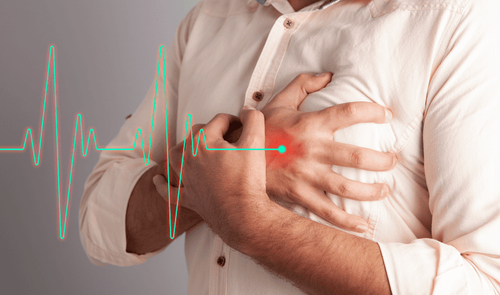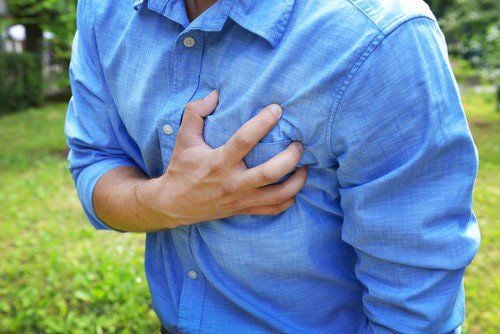This is an automatically translated article.
Question
Dear doctor, I am a female, this year 58 years old, I have some questions to ask the doctor as follows: One is that I monitor the oxygen saturation in my blood while sleeping on average only 91-92 %, so does my heart health need to be checked and if so, which specialist should I go to? The second is that the heart rate when exercising can be up to 100 but normally only 57-60 times / minute, so is that okay? Third, sometimes when tired, working or worrying too much, the chest spasm occurs mainly on the right side but then stops. I went for a checkup but couldn't find the disease. I asked the doctor to advise me what to do (I practice yoga regularly). Thank you doctor for sharing the information with me.
Nguyen Thi Hang Nga (1962)
Reply
Hello! Thank you for sending questions and sharing your concerns to Vinmec. With your problem, the doctor would like to answer as follows:
SpO2 or peripheral blood oxygen saturation is the ratio of oxidized hemoglobin (hemoglobin that contains oxygen) to the total amount of hemoglobin in the blood. The normal SpO2 value will fluctuate between 95 - 100%. Studies prove that an SpO2 of 94% or higher is a normal, safe indicator. During sleep, oxygen saturation falls slightly less than during wakefulness due to reduced respiration, but usually not less than 92%. In your case, the average oxygen saturation when sleeping is 91-92%, so at the borderline between normal and low, you should see a specialist to be able to detect early respiratory abnormalities when you sleep. sleep if available. The standard heart rate can vary from person to person, depending on age, physical fitness, gender, etc. For people 18 years of age and older, a normal resting heart rate ranges from 60 to 100 beats per minute. Usually, the healthier a person is, the lower the heart rate. For professional athletes, when at rest, their average heart rate is only about 40 beats a minute. When emotional, nervous or exerted, the heart rate can increase more than 100 times / minute. You practice Yoga regularly, your heart rate fluctuates from 57-100 times / minute, so your heart rate is normal. Chest pain is pain felt in the chest area from shoulder level to above the diaphragm. Chest pain is a sign of potential danger and is a manifestation of many diseases, including serious diseases such as cardiovascular disease, lung disease. Therefore, people who often have chest pain need to see a doctor to control symptoms and related diseases in time. Chest pain also comes in varying degrees of pain. If the pain is mild and then gradually increases with the nature of occurrence and the number of times closer to each other, the patient should go to the doctor promptly. In all cases, severe pain with the following characteristics, the patient should be hospitalized and emergency emergency: Sudden, severe chest pain with no known cause. The pain feels like something is pressing, squeezing, stabbing in the chest area Severe pain that spreads to nearby organs such as upper extremities, back, neck, lower jaw, stomach. Sweating, dizziness, vomiting or nausea, difficulty breathing. Your case should be re-examined at medical facilities or hospitals of Vinmec Health System to rule out cardiovascular or respiratory diseases, if any. Wishing you and your health! Answered by Master, Doctor Bui Tien Dat - Emergency Resuscitation Department - Vinmec Hai Phong International General Hospital
Other advice
What are the warning signs of a heart murmur? Can a person with heart disease have a cesarean section during pregnancy? Shortness of breath with left chest pain is a sign of what disease? Articles on the same topic
Common diseases in the elderly Reduce salt intake with a suitable diet Overview of pacemakers














